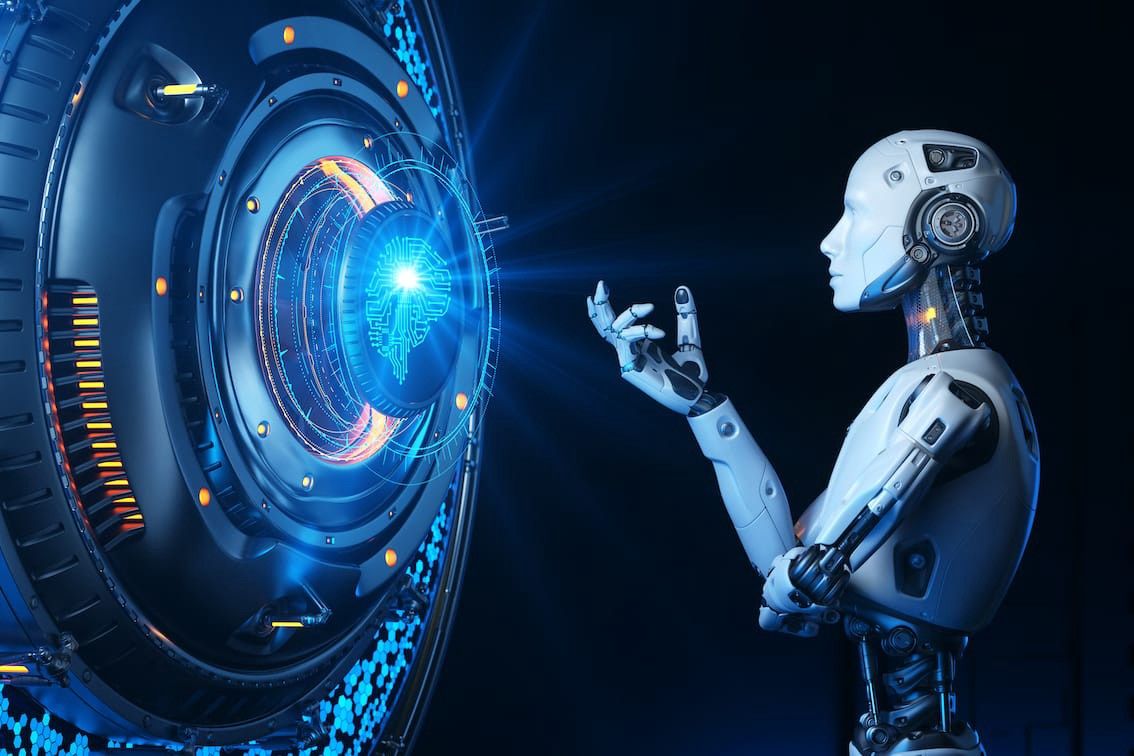IDCA News
All IDCA News
19 Oct 2022
According to Researchers: An AI That Generates Images and Invented Its Language
Based on research by Giannis Daras, a Ph.D. student in computer science at the University of Texas at Austin, it appears that the openAI's mind-blowing text-to-image AI system called DALL-E2 created its written language.
DALL-E2 created a big splash earlier this year with its ability to convert text prompts into photorealistic images or artistic work. It may have even more power to generate secret code than ever before.
An example is Daras's viral tweet asking the algorithm to generate an image of "farmers talking about vegetables," producing text with the unknown word "vicootes." However, putting the word "vicootes" into the algorithm results in images of vegetables.
Curiously, Daras added, "poploe vesrreaitars." When fed into the system, this created a bunch of bird images. "It seems the farmers are talking about birds wreaking havoc on their crops." Daras wrote.
In a newly released peer-reviewed paper co-authored with his colleague, Daras suggests that the AI program's hidden function uses a "Hidden vocabulary" to create these advanced images. Unfortunately, it seems like this is another example of the difficulty of trying to explain AI programs.
It's worth mentioning that Daras' conclusions are still relatively unverified. However, he acknowledges in the paper that the results aren't one hundred percent certain.
Sometimes, the prompt "Contarra ccetnxniams luryca tanniounons" generates images of bugs, and sometimes it generates images of people, "mostly animals."
Additionally, there are also those who are not convinced by Daras' theory.
My guess? Analyst Benjamin Hilton reasoned. It was just dumb luck. But, of course, it could also have been just dumb luck that 'Apoploe vesrreaitais' looks like a name for a bug.
Hilton further commented that this is starting to look more and more like random noise and not secret DALL-E to me.
As Vice points out, we could be overthinking it by analyzing the AI system's ability to use shortcuts, such as translating an image into code.
There is no doubt that Daras' claims will be the subject of further scrutiny from the research community.
Maybe we are giving it too much credit and reading between the lines too much if it passes muster - or it's just an interesting development.
Follow us on social media: